"What is this? ... the ax hit a rock mass !!" ... the echo of this phrase uttered by one of the workers barely ended, until a second, third and fourth worker uttered it, so the workers stopped hitting their iron shovels in the ground to explore the matter, so most of them continued digging with their hands While the rest rushed to their boss to consult him, it seemed that they were a great reveal.
Fifty-seven years ago, specifically in 1960, during the removal of some dirt by the Polish men in search of the tomb of Alexander the Great, it was only by chance that made that mission stop working in search of that tomb, so that the excavation began for a full thirty years for marble terraces later known as "The Romanian Theatre", to be the most important discovery of the twentieth century.

"The Romanian Theatre" ... that effect that the Egyptian historian Shihab al-Din Ahmed bin Abd al-Wahhab bin Muhammad al-Nuwairi called "Kom al-Dikka" at the end of the nineteenth century, after seeing many piles of rubble and sand, which were formed due to the digging of the Mahmoudiya canal at the end of the ninth century Ten, that canal that connected Alexandria with the Nile River.
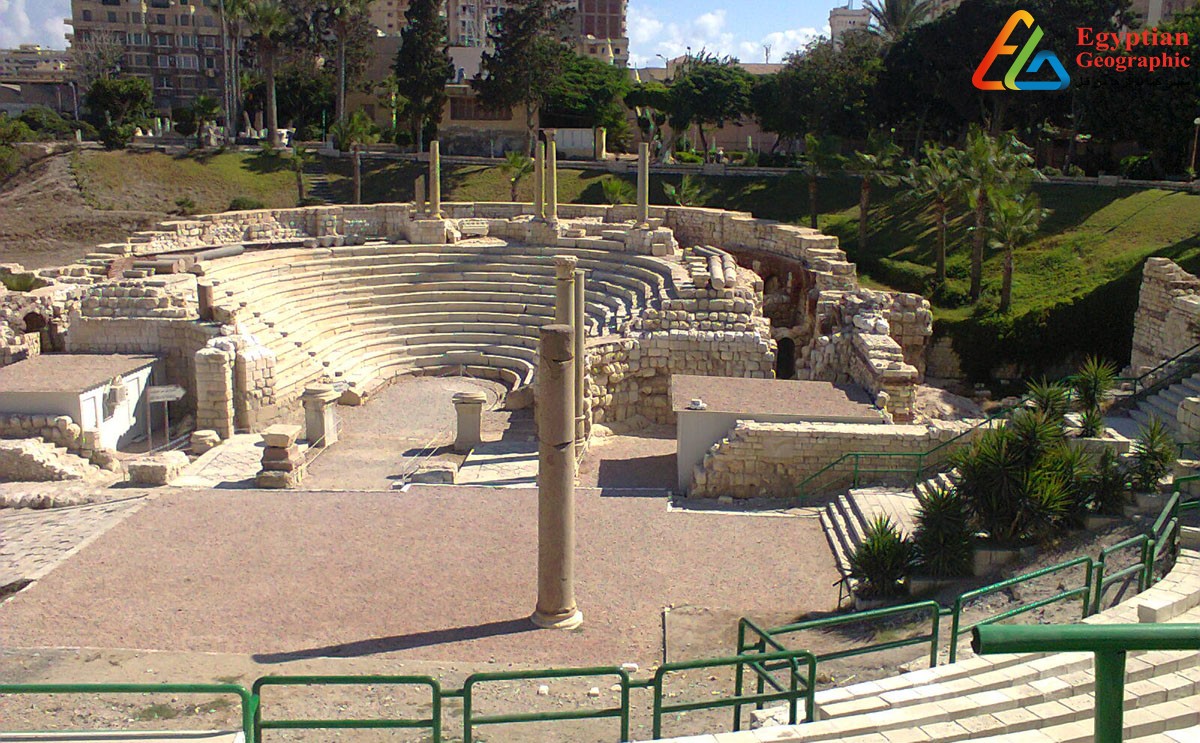
The Romanian Theatre was established at the beginning of the fourth century AD, and some halls were discovered next to it after 44 years of the beginning of the excavation, specifically in 2004, although these amphitheaters spread widely during the reign of the Romans in many countries such as Greece, Italy and Turkey, and many of them are still present in many From Europe and the Middle East, however, the Alexandria Coliseum is of great importance, as it is the only amphitheater in Egypt.
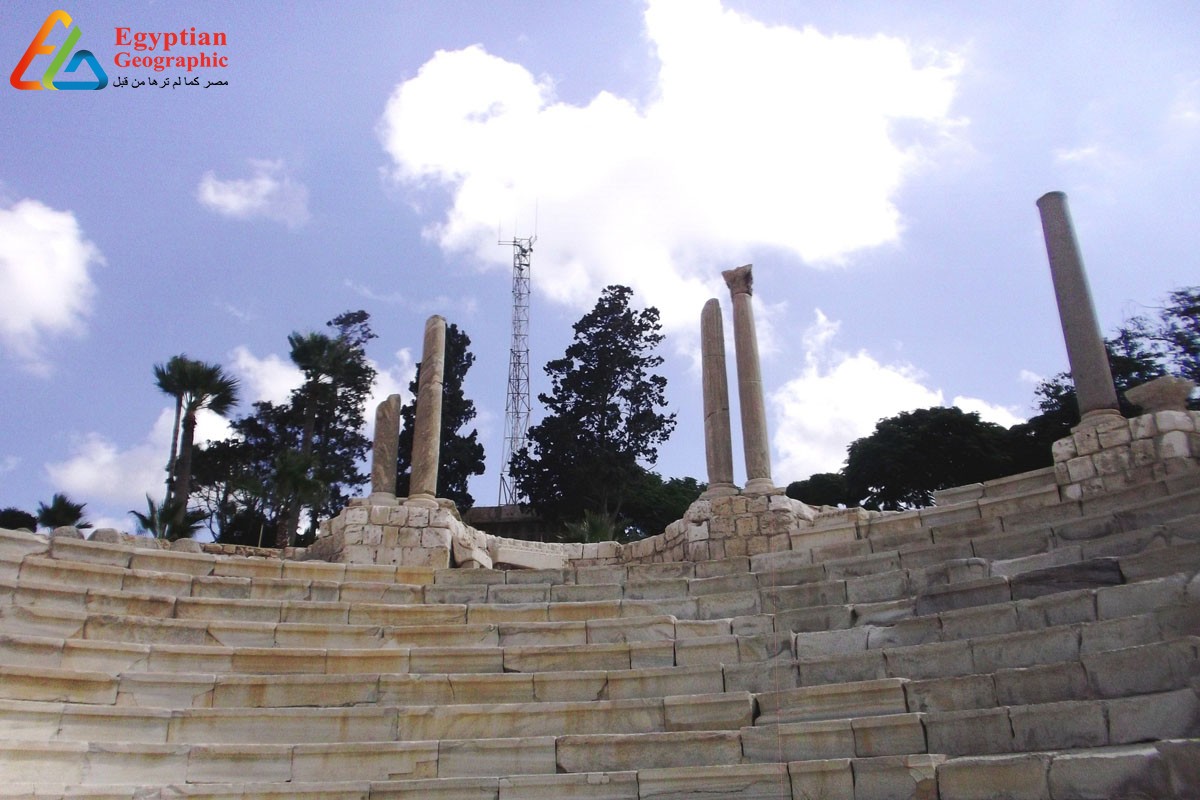
The establishment ofThe Romanian Theatre dates back to the beginning of the fourth century AD, and it remained in use until the middle of the seventh century AD, and throughout those past centuries, three eras have passed on the theater, the Roman, Byzantine, Islamic, and its uses differed during the three eras.

The Romanian Theatre was designed in the form of a "horseshoe," or the letter U, and it was mistakenly called a "theater", especially since the comparative studies between it and similar theaters, which were discovered in Greece and Italy, and even the city of "Jerash", confirmed that it was not built for the theater , Because the theater building is usually in the shape of the letter "C", or half a circle so that those sitting on the edges can watch, which confirms that it is not a theater, so most researchers prefer to call it "the Roman Amphitheater".
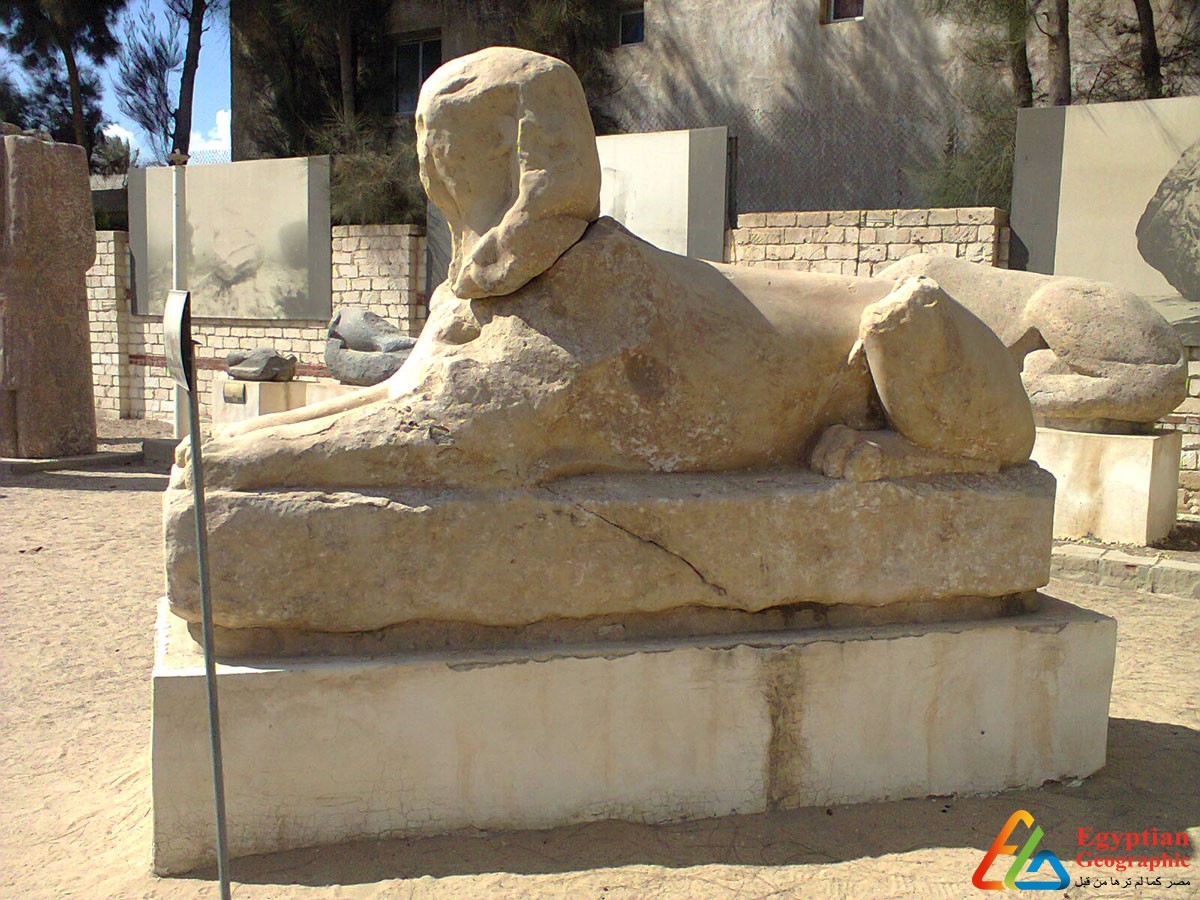
The Roman amphitheater consists of 13 rows of marble stands numbered with Greek letters and numbers to organize the seating process, the first of which is from the bottom of pink granite made up of durable stones, and therefore the engineer used it as the basis for the rest of the stands, and there are 5 compartments on top of these stands, of which only two are left now, and it was The roof of the cabin with domes supported on a group of columns, its function was to protect the sitting people from the sun and rain, and to convey sound to them, but it fell on the impact of the strong earthquake that was exposed in Alexandria in the sixth century AD.
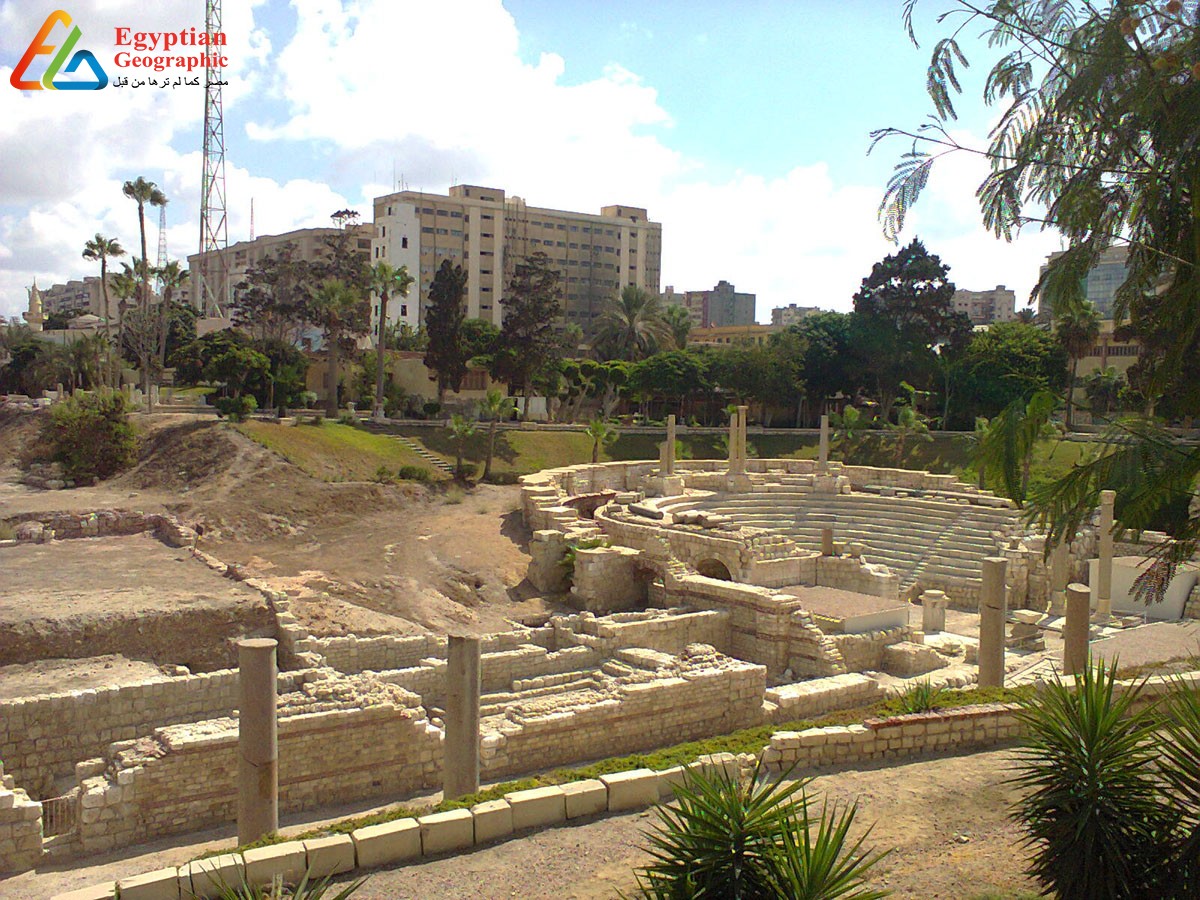

































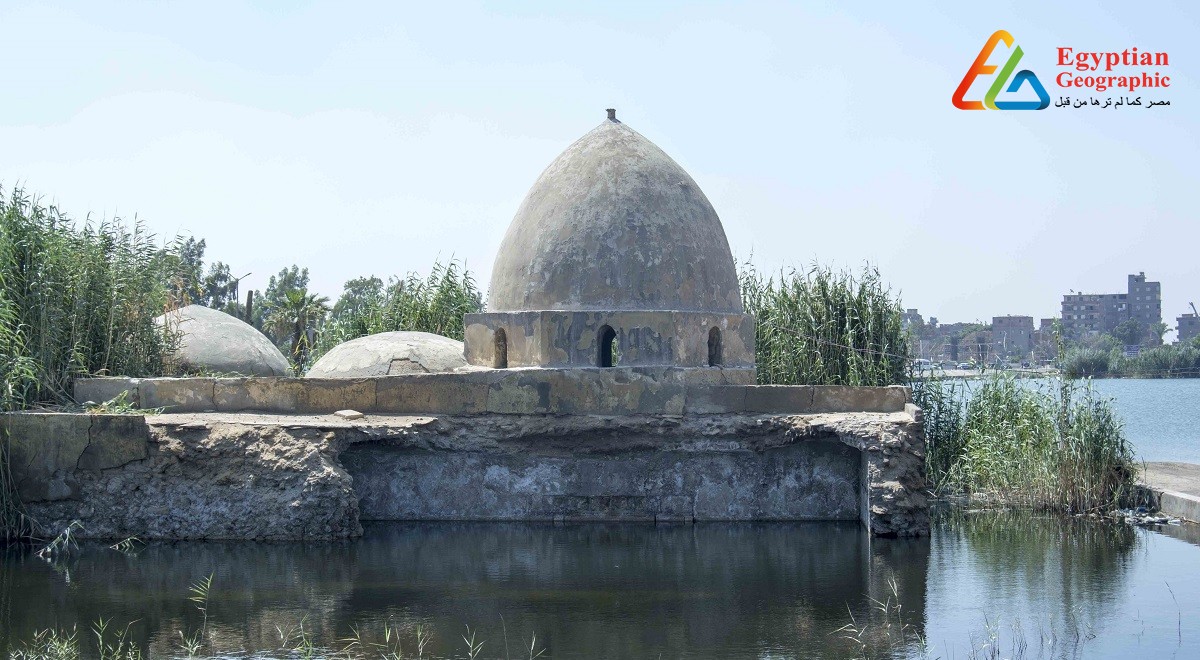
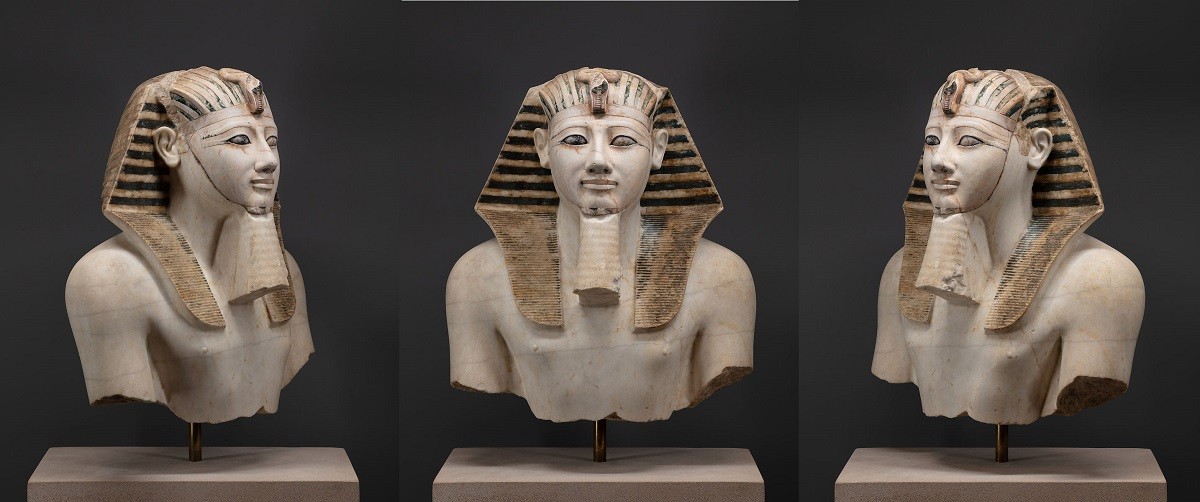




























Egyptian Site & magazine